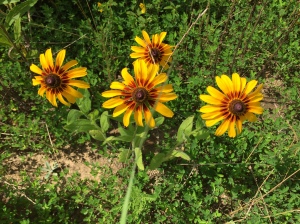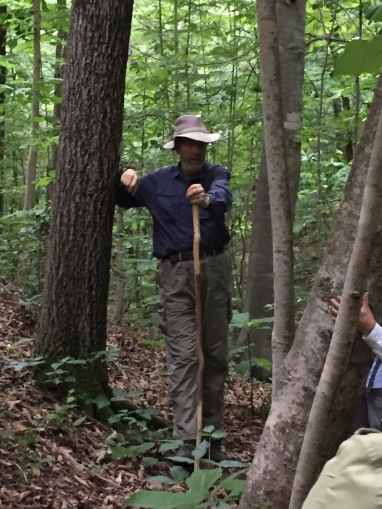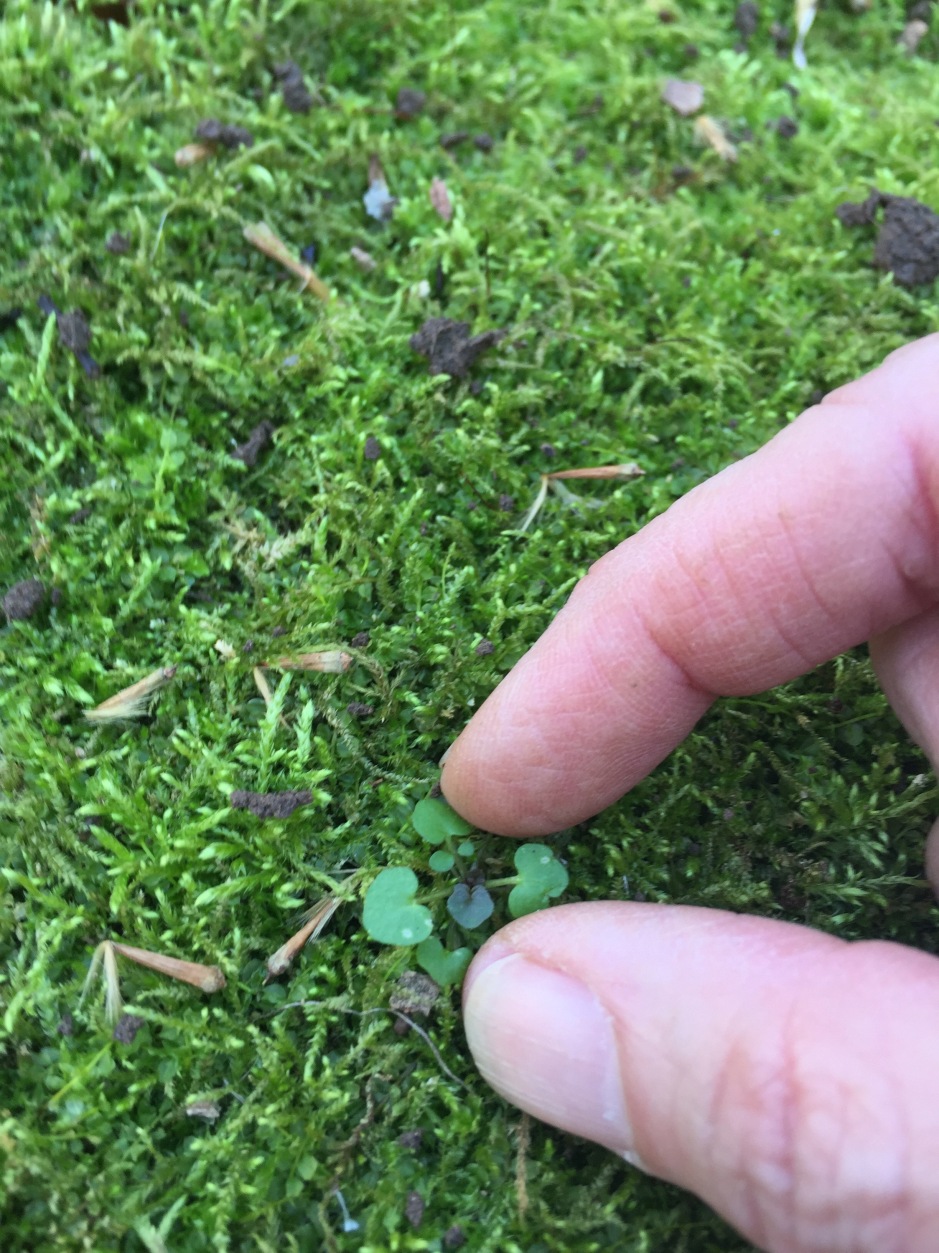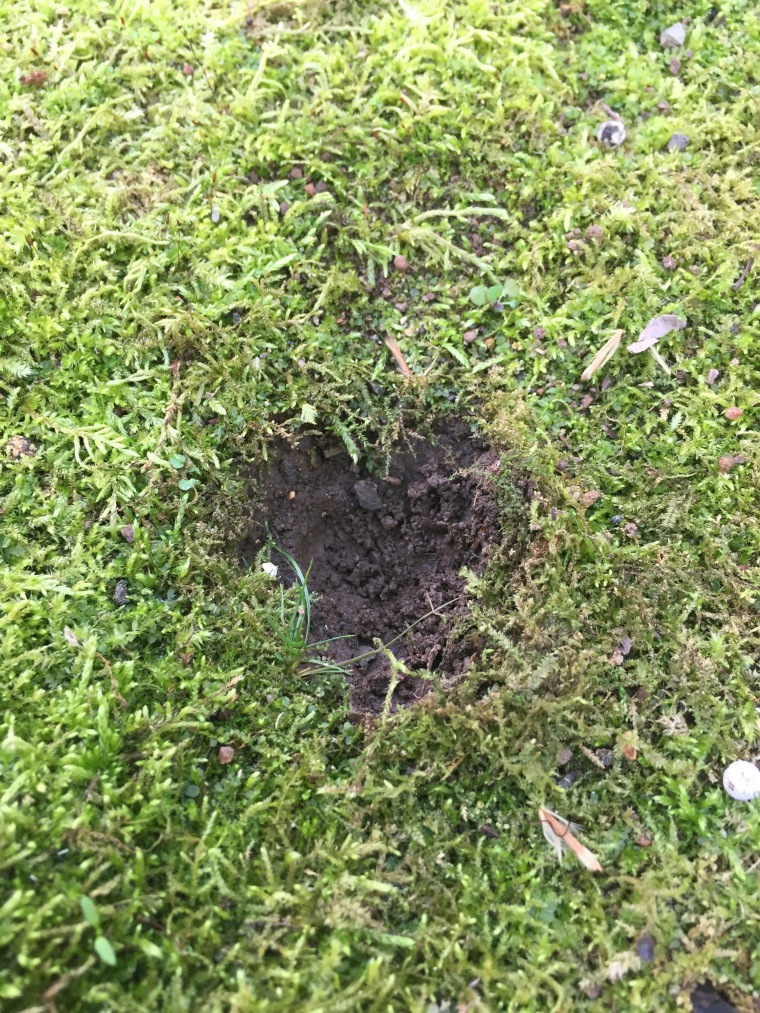Often we get questions from NCNPS members and friends. We thought it would be a good idea to keep a running list of these frequently asked questions, so we can all learn something new.
Q July 1, 2017:What kind of bushes would be a good choice for a hedge? It’s a small area and I’d prefer something that doesn’t get higher than 5′ and that stays green year round that doesn’t need a ton of trimming and that grows quickly. Not asking much 😬
A: Lisa suggests…Dwarf Yaupon Holly but they get pretty wide. Inkberry Holly but they’re pretty slow. She doesn’t say whether it’s sun or shade. Leucothoe, if shade. Viburnum obovatum is a possibility but a bit hard to find. That”s a tricky one.
Beth would add….perhaps Illicium parviflorum or I. floridanum…I use both of these in shade border situations where I need an evergreen privacy screen. They may not qualify as a “hedge” but they certainly provide 12 month screening and interesting flowers.
Or you could consider a vertical screen with support of some type and use Coral honeysuckle, Lonicera sempervirens.
Q: I am a stormwater engineer working on erosion and soil stabilization issues. Could you please recommend a few types of grasses or shrubs that could thrive in the Charlotte area. The soils on the site include Cecil sandy clay loam and Bethlehem gravelly sandy clay loam. I believe the soils are pretty well drained on most of the site. We would like to have hearty plants with significant root structures that like to be mowed hard every 6 months or annually. Does anything come to mind?
A: Larry suggests…Andropogon virginicus or Andropogon glomeratus can take wet or dry. These are clump-forming. Also try this link for HARP–Habitat Assessment and Restoration Professionals.
A: Lisa suggests…I was going to recommend contacting Hoffman Nursery, an NC grower that’s been at it for a long time, or using some of their excellent resources. Particularly ‘green infrastructure’. If you want only native grasses and the like, you’ll need to select for that. They also have an excellent newsletter.
Also, Mecklenburg County will provide information and review. I had to fish around a bit but located plant lists here. Charlotte is in zone 7B-8.
Do you have questions about native plants….leave a note in the comment section or visit our Facebook page. There is an active an ongoing plant question discussion on the Southern Piedmont Chapter page or the NC Native Plant Society state page too.





 Park at the Sardis Road parking lot (110 Old Bell Road Charlotte, NC 28270) and turn left from the parking lot access trial instead of right toward McAlpine Park. This unpaved, dirt trail wanders adjacent to McAlpine Creek toward Providence Road. Because of the recent sewer work, it remains sunny and open. And one note….please take home only photos….and leave the wildflowers in the park for others to enjoy.
Park at the Sardis Road parking lot (110 Old Bell Road Charlotte, NC 28270) and turn left from the parking lot access trial instead of right toward McAlpine Park. This unpaved, dirt trail wanders adjacent to McAlpine Creek toward Providence Road. Because of the recent sewer work, it remains sunny and open. And one note….please take home only photos….and leave the wildflowers in the park for others to enjoy.





 Water and Walk…that’s what Annie says. It’s very zen….that’s what I say!
Water and Walk…that’s what Annie says. It’s very zen….that’s what I say!